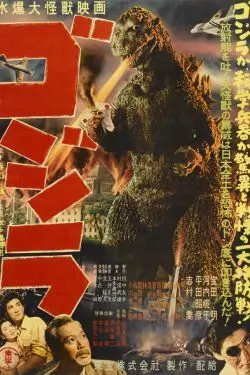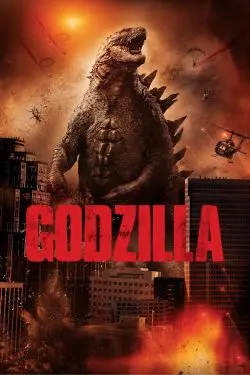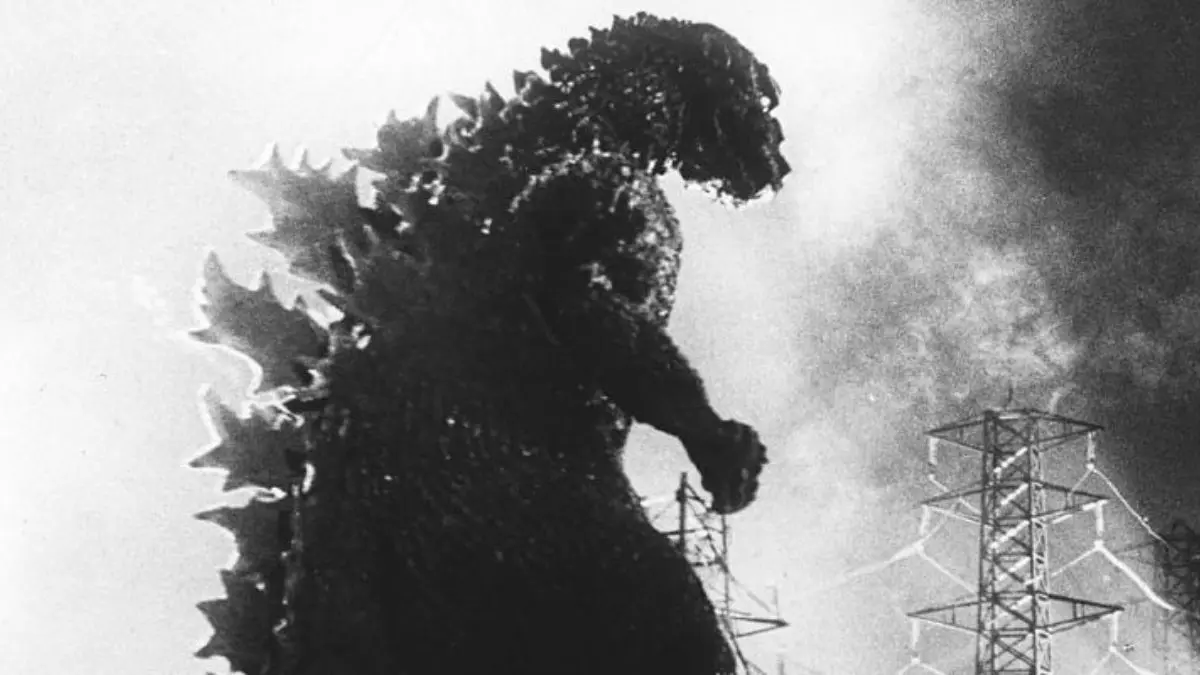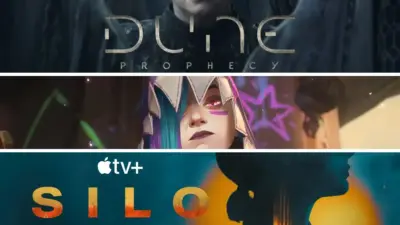The original Godzilla movie from 1954 marked the beginning of a cinematic legacy that has endured and evolved, influencing countless monster films. Directed by Ishirō Honda, Godzilla was more than a monster movie; it was a cultural touchstone, embodying themes of human folly, resilience, and the consequences of unchecked power. Here’s why the impact of Godzilla continues to resonate in monster films to this day.
Symbolism of Human Destruction and Atomic Age Fears
Godzilla’s release came less than a decade after the atomic bombings of Hiroshima and Nagasaki, events that left an indelible mark on Japanese culture. The monster was a metaphor for nuclear destruction—a powerful symbol of the havoc humans can unleash upon themselves and the environment. This allegorical foundation has inspired many modern monster movies to incorporate underlying themes that reflect contemporary anxieties, such as climate change, weaponization, and pandemics.
Modern monster films, like Cloverfield (2008) and Shin Godzilla (2016), use their creatures to symbolize humanity’s mistakes, fears, and hubris. The original Godzilla paved the way for using monsters as narrative devices that reflect societal issues, creating layers of meaning that resonate beyond simple creature features.
The Longevity of Practical Effects and Creature Design
One of the groundbreaking aspects of Godzilla was the use of practical effects, especially the iconic “suitmation,” where a performer in a Godzilla suit brought the creature to life. This practical approach created a tangible, physical presence that CGI alone often fails to replicate, lending a sense of realism that captivated audiences. Modern monster films frequently honor this tradition by blending practical effects with CGI to maintain a sense of realism and grit.
For example, movies like Pacific Rim (2013) and The Shape of Water (2017) use practical effects and creature design as homages to Godzilla’s tangible feel. While CGI is a staple in today’s films, the influence of Godzilla’s practical effects approach is still visible, with many directors favoring this blend to capture an authentic, immersive experience.
The Concept of Monsters as Complex Characters
In Godzilla (1954), the monster wasn’t merely a mindless creature; it was a being with a tragic origin, driven by forces beyond its control. This layered portrayal made Godzilla a sympathetic figure, as well as a terrifying one. The film opened doors for monster films to depict their creatures as complex characters with motivations, backstories, and even personalities.
Today, movies like King Kong (2005), The Shape of Water (2017), and Kong: Skull Island (2017) depict monsters with nuanced character traits, turning them into central figures rather than mere antagonists. This humanizing approach, rooted in the original Godzilla, allows modern audiences to empathize with monsters, offering them a perspective that’s more than just fear.

Godzilla as a Cultural Icon and Franchise Pioneer
Godzilla’s success in 1954 spawned a massive franchise, including over 30 films, making it one of the longest-running film series in history. The creature became a cultural icon, not only in Japan but worldwide, and inspired a host of monster franchises. This pioneering model set the stage for today’s cinematic universes, where interconnected stories and recurring characters build a loyal fan base.
Modern franchises like the MonsterVerse (including Godzilla: King of the Monsters and Godzilla vs. Kong) and even the Marvel and DC cinematic universes owe much to Godzilla’s franchise-building success. Godzilla showed the film industry how to create a sustainable cinematic world, proving that a beloved monster can maintain relevance across generations.
The Enduring Appeal of Environmental and Moral Themes
At its core, Godzilla was a cautionary tale about the consequences of disrupting nature. The monster’s origin story—created by nuclear tests gone awry—speaks to humanity’s impact on the environment and serves as a stark warning against scientific and moral irresponsibility. This theme has since become a staple in monster films, where the focus often revolves around humanity’s missteps and the resulting environmental repercussions.
Films like Annihilation (2018) and Godzilla: King of the Monsters (2019) explore the fragile relationship between humans and nature, often casting the monsters as consequences of environmental abuse. By highlighting the importance of respecting natural forces, Godzilla set a precedent for monster movies to include environmental and ethical messages, making the genre more than mere escapism.
A Timeless Story of Survival and Resilience
Beyond the destruction and terror, Godzilla (1954) was a story about survival and resilience in the face of overwhelming odds. The people in the film band together to protect their city and ultimately find a way to confront the monster. This narrative of human endurance in the face of unimaginable adversity continues to be a powerful theme in modern monster films.
Movies like The Host (2006) and A Quiet Place (2018) echo this theme, focusing not only on the monster but on how humans react and survive amidst chaos. This narrative of resilience adds an emotional depth that allows audiences to connect with the characters and experience their struggles, a storytelling technique that traces back to Godzilla.
The Birth of the “Anti-Hero” Monster Archetype
Godzilla’s role as an anti-hero has become one of its most influential legacies. Unlike traditional villains, Godzilla’s destruction is not born out of malice but rather from its own survival instincts and nature-altering circumstances. This “anti-hero” archetype is now prominent in many modern monster films, where creatures blur the lines between hero and villain.
In films like Jurassic World (2015) and Venom (2018), the monsters are both feared and, in some cases, rooted for by the audience. Godzilla’s nuanced role as both a terror and a tragic figure set the stage for this complex portrayal, enabling audiences to root for monsters who, while destructive, are also victims of human actions.

Lasting Influence on Monster Cinematography and Visual Language
The cinematography of Godzilla was revolutionary for its time, using angles, lighting, and visual effects to convey the monster’s size and terror effectively. The low-angle shots, dark tones, and towering perspective captured Godzilla’s colossal power and presence. These techniques have become a staple in monster cinema, shaping how creatures are filmed to maximize their impact on screen.
Modern films like Cloverfield (2008) and Pacific Rim (2013) use similar techniques to convey the scale and menace of their monsters, showing just how deeply Godzilla’s visual language has been ingrained in monster filmmaking. This commitment to showcasing size, scale, and perspective continues to draw audiences into the terrifying yet mesmerizing world of monsters.
Also Read: How the Morris Worm Sparked a New Era of Cybersecurity Awareness in 1988



